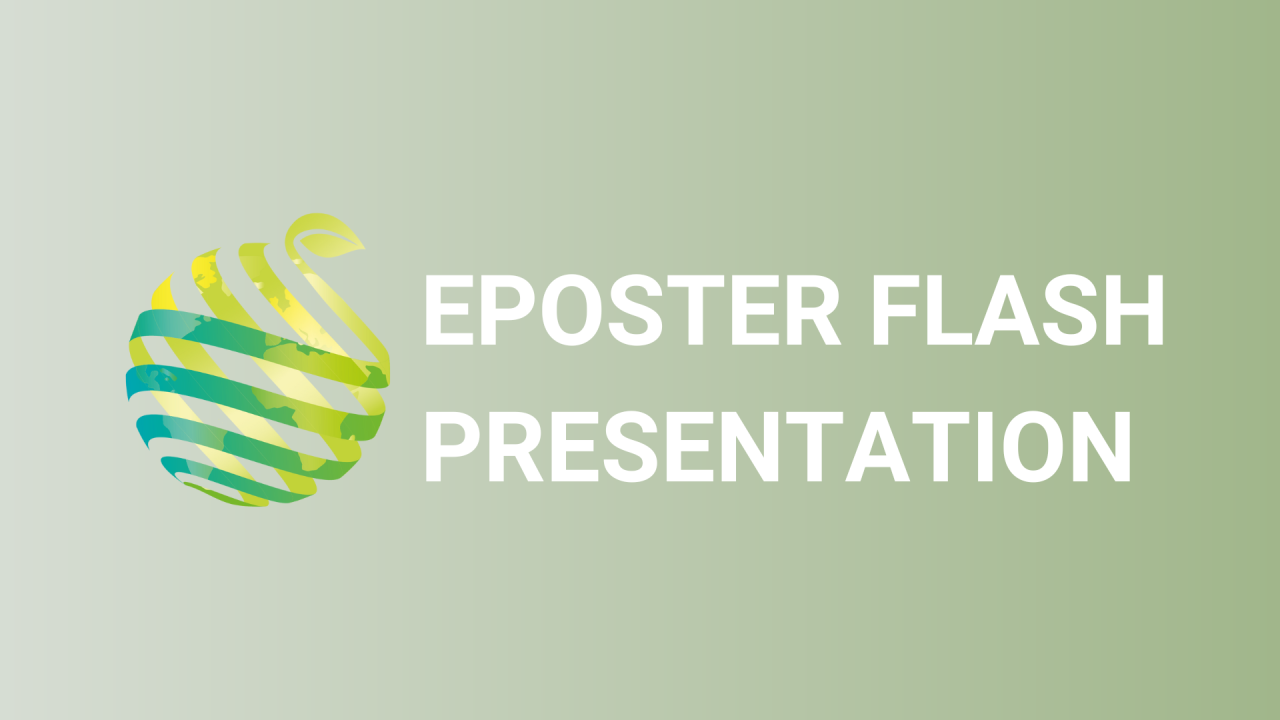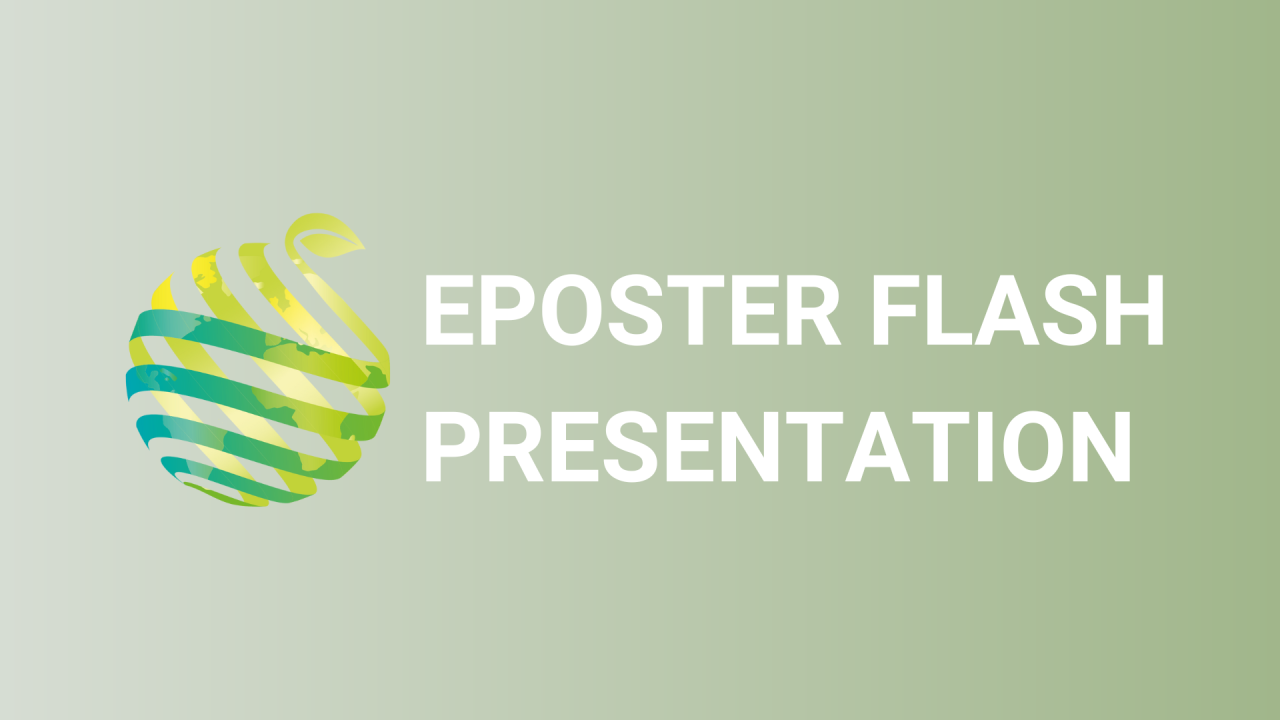

S08 - Session P2 - Production for halophyte Limonium tetragonum in Vertical Farms
Information
Authors: Ki-Ho Son, Seongnam Jang *
It is becoming hard to obtain plant-derived compounds because of the rapidly growing population and extreme pressure on plowland. Since vertical farms have less space and time constraints, they can efficiently grow high value-added functional crops, thereby creating high economic benefits. Limonium (L.) tetragonum is a salt-tolerant halophyte that grows in salt marshes throughout the western coastal area of South Korea. Enzymatic or nonenzymatic components in halophytes can resist and decline internally generated reactive oxygen species. Halophytes can be used as medicinal crops due to containing terpenoids (carotenoids, diterpene, sesquiterpene, essential oils), secondary metabolites, and phenolic compounds. This experiment was conducted to establish a cultivation environment that can stably produce L . tetragonum on a vertical farm. The plants germinated for 3 weeks, were transplanted into the deep flow technique system, acclimated in Hoagland nutrient solution for 1 week, and then treated with NaCl. NaCl treatment was irrigated at each concentration of 0, 50, 100, 200, and 400 mM of Hoagland's nutrient solution. The growth was measured after 5 weeks of cultivation in a vertical farm maintained at a temperature of 24 +- 3°C, relative humidity of 70 +- 10%, and 160 +- 10 umol/m 2 /s of PPFD (white LED; 12h photoperiods). As a result of cultivation with various NaCl concentrations, plants were well grown under 0 or 50 mM of NaCl. Meanwhile, above 100 mM of NaCl inhibited the growth. In addition, the untreated group has more leaves than the NaCl treatment. Overall, in terms of photosynthetic efficiency, the reduction in the photosynthetic quantum yield coefficient of the NaCl-treated group was less than that of the untreated group or below 50 mM of NaCl. It suggested that the L. tetragonum has resistance to salt environments.